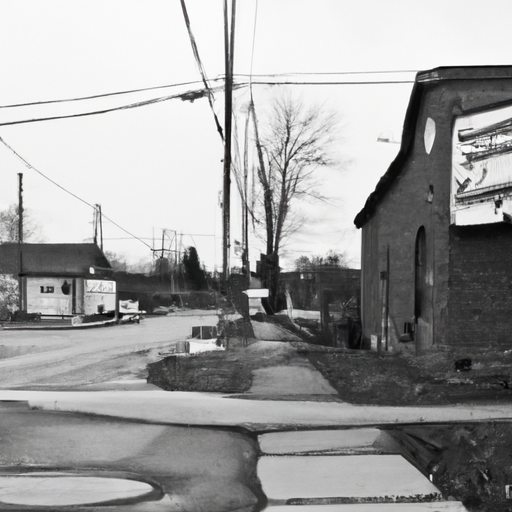Grey-Bruce Region Faces Increasing Opioid Overdoses
The Canadian opioid crisis is a pressing issue that continues to plague the nation. Recently, another series of opioid overdoses struck the Grey-Bruce area, shedding more light on the severity of the problem. In this blog post, we break down information from a news article by Bounce 92.3 Grey-Bruce News and discuss the effects of this crisis at a local level. We will also delve into current strategies to combat the crisis and provide advice for community leaders grappling with this issue.
The Ongoing Opioid Crisis In Grey-Bruce
According to the article, Grey-Bruce, like many other areas across Canada, reports an alarming spike in opioid overdoses. This follows a national trend, as the opioid crisis reshapes the healthcare landscape, triggering dramatic human and economic losses.
Key Points From The Article
- There were five non-fatal overdoses which took place in a 24-hour period in Grey-Bruce.
- All five incidents, were linked to opioids that were potentially laced with other substances.
- The incidents highlight the critical importance of access to Naloxone and knowledge of naloxone administration. Naloxone helps reverse the effects of an opioid overdose and can save lives.
- Adding to the escalating opioid crisis, these potentially lethal mixtures of drugs pose increased risks to individuals who use drugs, their communities, and first responders.
Combating The Opioid Crisis
As the article rightly notes, it is crucial to have lifesaving overdose reversal medication on hand to mitigate the impact of these incidents. Bystanders, especially friends and family members of those using opioids, can be trained on naloxone administration, allowing them to respond faster than medical professionals in cases of overdose.
Furthermore, the role of preventative measures and harm reduction services cannot be overstated. Support for safe injection sites, incorporating harm reduction strategies into medical practices, and setting up comprehensive education programs about the risks of opioid use and overdose can be part of a multifaceted response.
The Wider Impact Of The Opioid Crisis
Beyond the immediate health risks, the opioid crisis has further repercussions on society. It is closely tied to issues of homelessness and crime, magnifying these challenges and requiring a holistic approach to solutions.
Identifying Gaps And Moving Forward
Dealing with the opioid crisis involves a comprehensive approach that recognizes its broad and interlinked effects. Government support, community involvement, and funding are crucial to develop robust healthcare systems that can adequately respond to this crisis. Additionally, there needs to be a focus on alleviating its associated social challenges, like homelessness and crime.
Closing remarks
To summarize, the recent incidents in Grey-Bruce underline the severity of the opioid crisis in Canada. If we, as civic and community leaders, aim to mitigate its impact, we need to employ strategies that extend beyond the immediate healthcare response. This includes focused education, empowering community members with knowledge and resources like Naloxone, and addressing the broader social issues magnified by the crisis.
Ultimately, it is about creating a community that is prepared, knowledgeable, and compassionate. Together, we can strive towards improving the lives of those affected by the opioid crisis in our communities.
